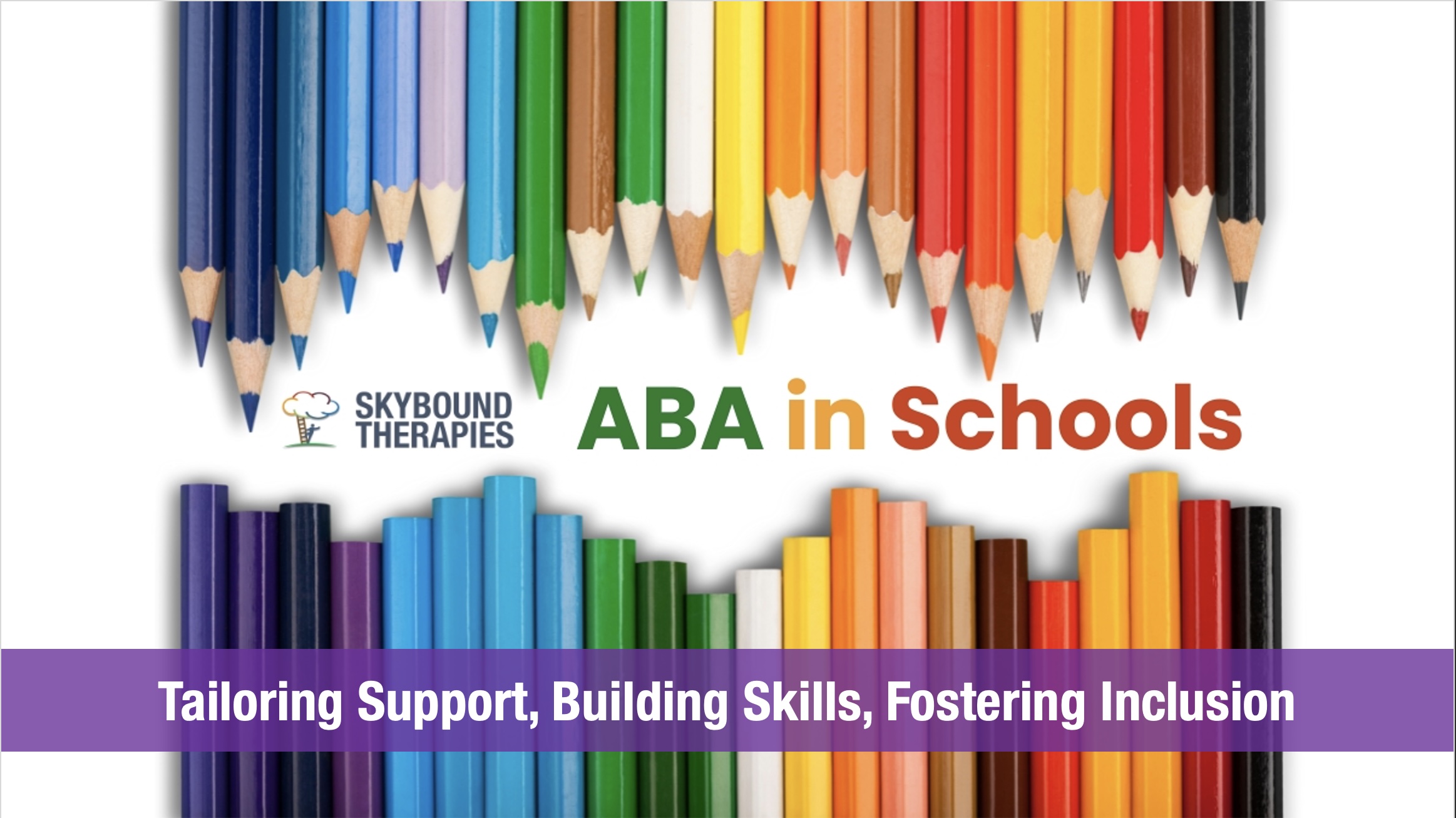In this two-part series I’ll talk about assessing handwriting difficulties and some of the strategies we can use to help.
As an Occupational Therapist I often get asked to support children with their handwriting and pen skills. Being able to write is often a challenge for many of the children and young people we see at Skybound. The ability to hold a pen is an important life skill across a range of everyday activities such as being able to write one’s name, mark a choice, draw pictures, join dot-to-dots, follow mazes and do colouring in.
Despite all the potential tech solutions (including typing and voice-to-text), being able to make handwritten notes is a vital skill for many. Handwriting has been shown to help students concentrate and retain information. Studies show that the brain engages differently when something is handwritten as opposed to typing or dictating it. The complex physical and cognitive act of putting pen to paper to form words and sentences engages the body and the mind in a uniquely holistic process.
Although building competence in handwriting is often a matter or practice, when a child is struggling despite this, more things need to be considered.
When assessing handwriting difficulties there are a number of things I will look at:
- how the child sits at the table
- how they grasp the pencil and stabilise the paper
- how hard or soft they write
- The speed at which they write
- The legibility of the script
- their ability to copy text, memorise text or generate their own ideas when writing.
- if the child becomes fatigued quickly or if the struggle to stay on task
- behavioural signs of finding the activity challenging
These observations all help me to identify if the difficulties are related to physical, sensory, cognitive, emotional or behavioural issues. In next week’s blog, I will look in more detail at two common areas of handwriting difficulties – physical and sensory and some of the strategies we can use to help.
Once a full range of potential issues have been considered, I may then also look at when a child is struggling with letter formation or finding it hard to keep words on the line. Simple changes to the writing paper can be hugely helpful, such as bold lined paper, raised lined paper, coloured lined paper, highlighted bottom space paper, or ‘sky-ground-paper’. All these paper types can help provide visual and sometimes, in the case of raised lined paper, tactile clues as to where to place the letters correctly.
If a child needs more fundamental support in learning letter shapes, then programmes such as ‘Handwriting Without Tears’ can be a massive help. This program is a multi-sensory learning approach that engages visual, audio, and kinaesthetic learners. It has hands-on tools to build vocabulary, fine motor, and alphabet knowledge prior to writing letters. Another program I recommend for older children is ‘Speed-Up’. This helps children already able to write, to improve their handwriting speed and stamina through a stepped program of activities that also engage a multi-sensory and proprioceptive (kinaesthetic) approach.
So, if your child is struggling with handwriting, Occupational Therapy can help. At Skybound Therapies we have several assessments that can help us identify what approach may work best. Find out more about Skybound Occupational Therapy here.
Don’t forget to look out for Part 2 of this blog, coming next week!
References
- Hand Writing Without Tears – www.lwtears.com/solutions/writing/handwriting-without-tears
- Lois Addy ( 2004) Speed-up LDA Publishing





